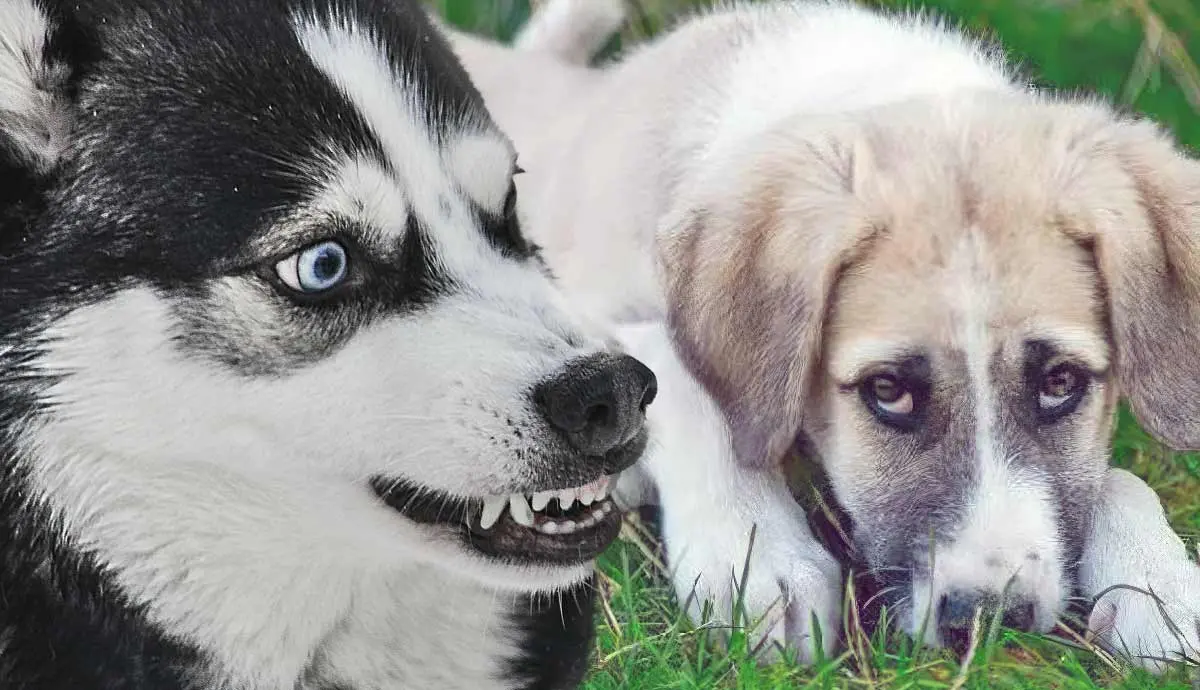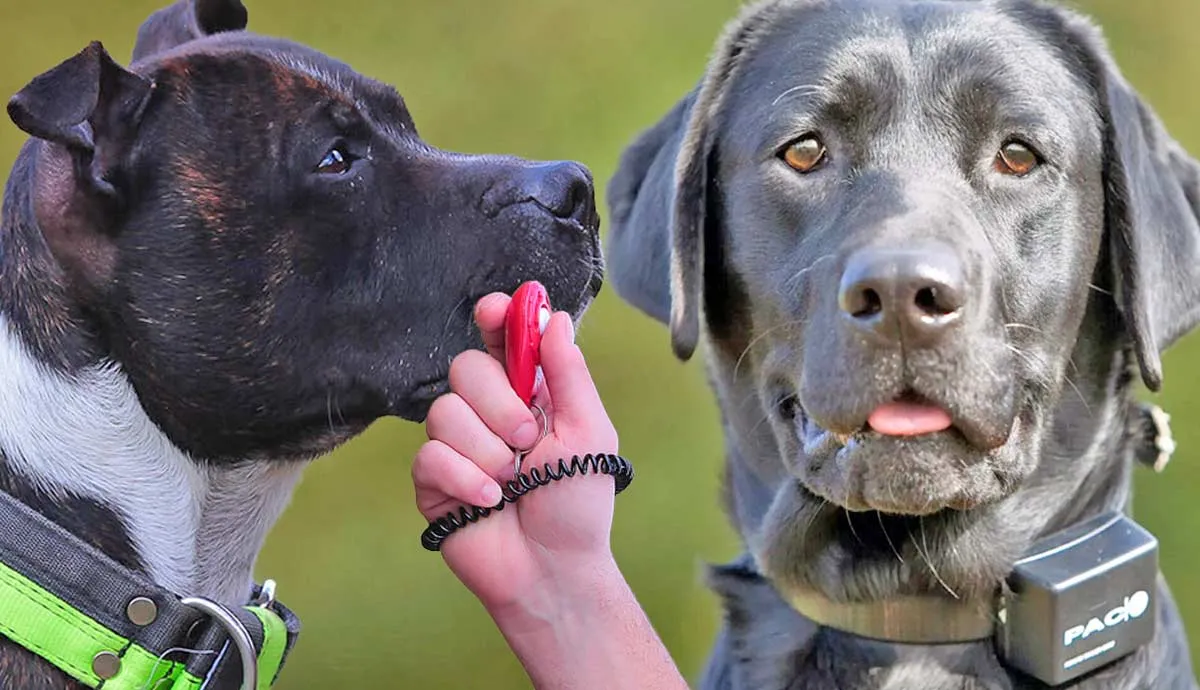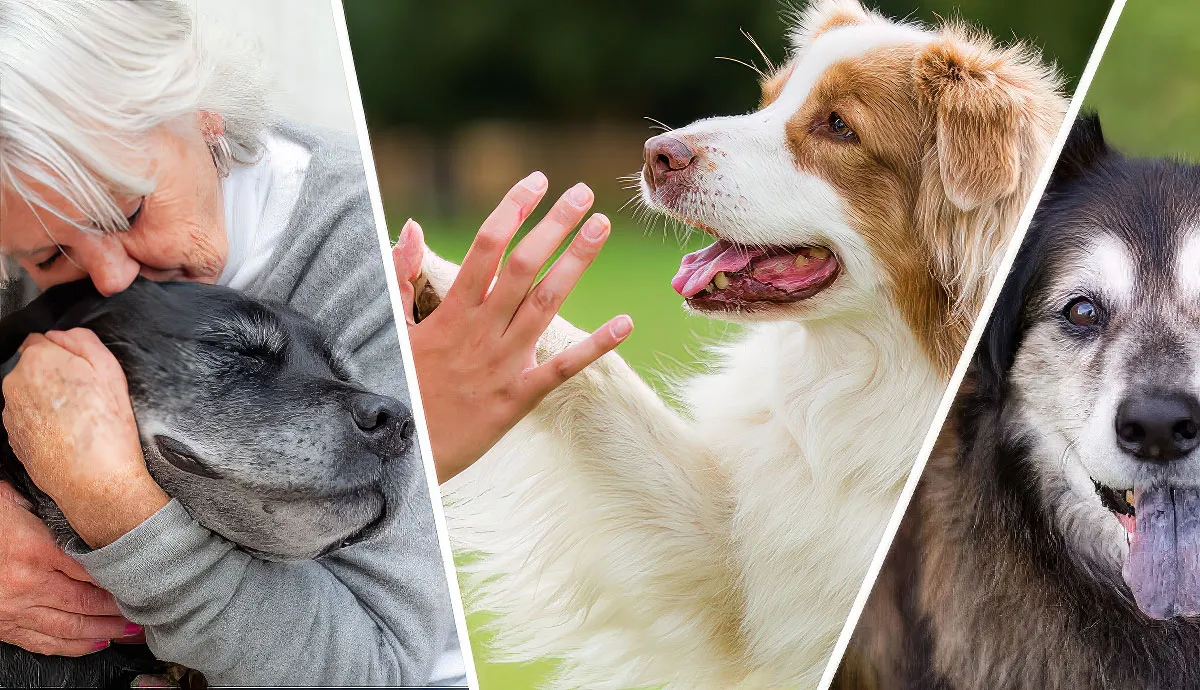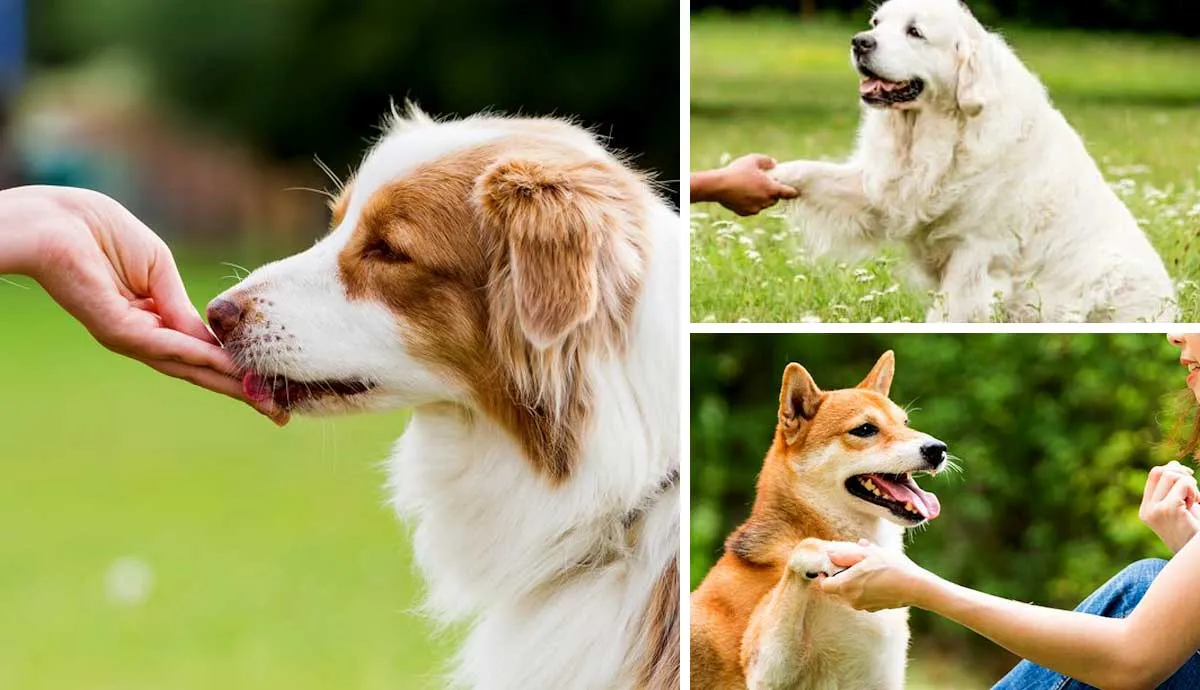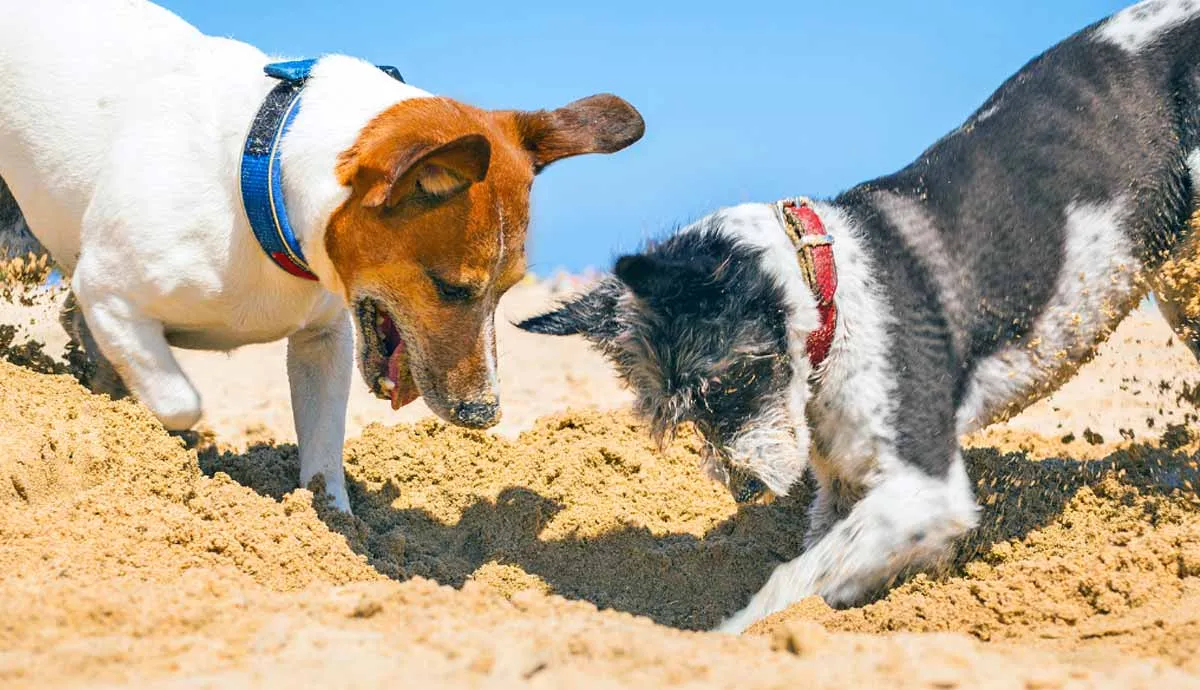Many people mistakenly confuse aggressive dogs with reactive dogs. A reactive dog is responding to a trigger in its environment that is causing discomfort. While this can lead to aggression, this doesn’t inherently make a dog dangerous or undesirable.
There are many misconceptions that people have about reactive dogs. We will strive to clear up some of them here.
First Things First: What’s a Reactive Dog?
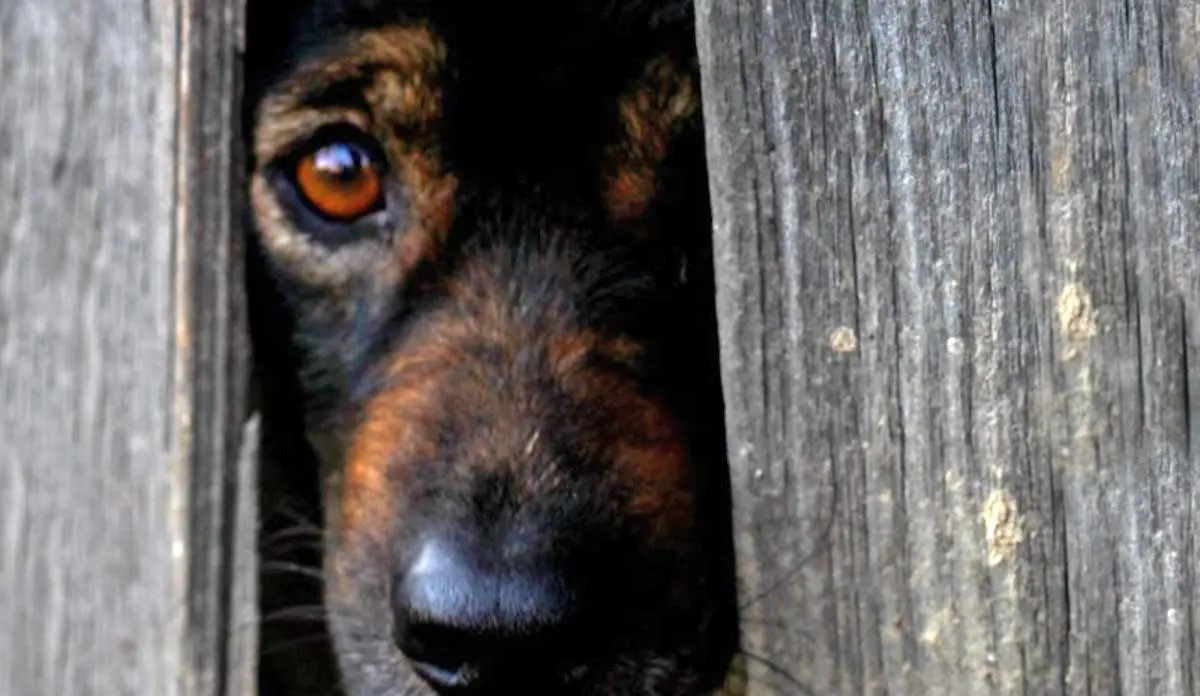
Aggression is a behavior in dogs that is a result of reactivity. Reactivity in dogs is an instinctual response to a trigger in their environment. Genetics, lack of socialization and training, fear, and a combination of these factors create reactivity in dogs.
These dogs have an abnormally strong response to certain stimuli. For example, the dog may have an unusually strong response to men with hats. If the dog isn’t removed from the trigger or trained with behavior modification, reactivity can lead to aggression, which can be dangerous for the dog and those around it.
When a dog is afraid or feels threatened, he will react by either fighting or running. Simple actions, such as petting a dog, can cause reactivity. Signs of a reactive dog include stiff body language, biting or nipping, resource guarding, leash reactivity, and rough play.
1. Reactive Dogs Are Trying to Assert Dominance
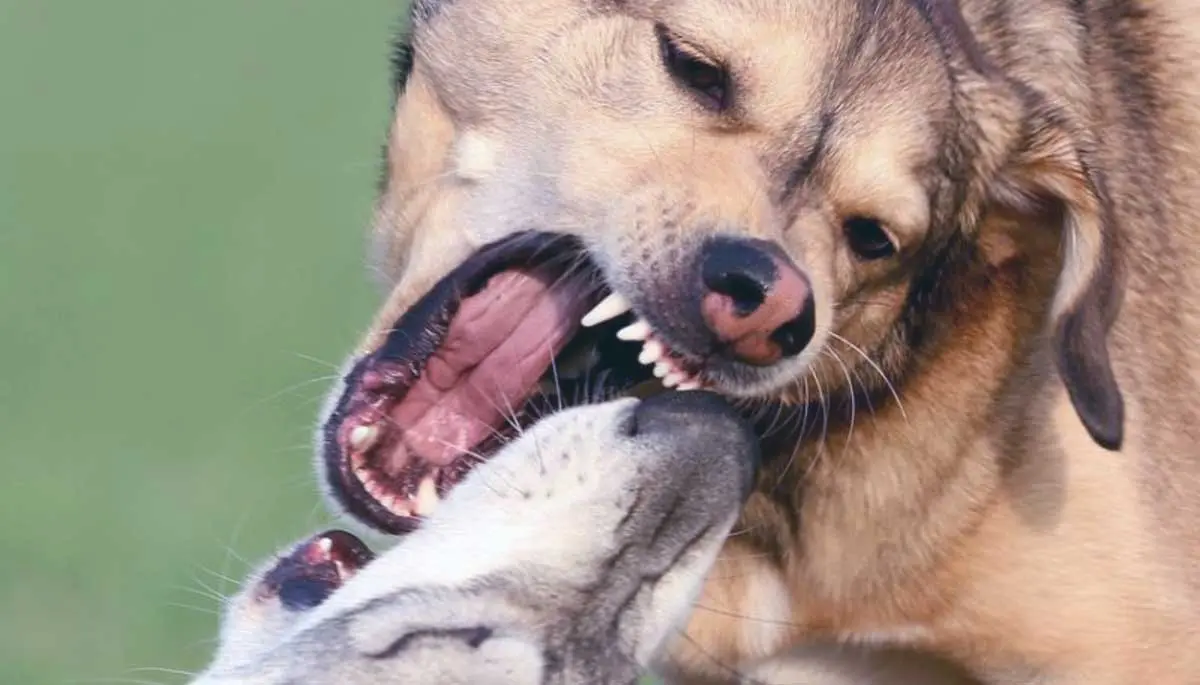
For years, studies that observed wolves in the wild suggested that dogs and wolves are in a constant battle for dominance. They built up a picture of a hierarchy within packs that placed an “alpha” as the leader. Other dogs had to submit to this dog, and there was a constant battle for the top spot. Trainers used this model to get owners to become the “alpha” of their dogs.
Although people still promote this image of dog relationships, scientific studies have countered this picture of the hierarchy of dogs. Instead, studies suggest dogs study human interactions and draw conclusions based on our reactions. So, punishment, fear, and deference are not the right way to train our companions.
In the same vein, dogs aren’t constantly trying to battle each other. They would rather de-escalate a fight than engage in one. Reactive and aggressive behaviors are the last-ditch effort of an incredibly stressed dog.
2. Reactive Dogs Have a History of Abuse
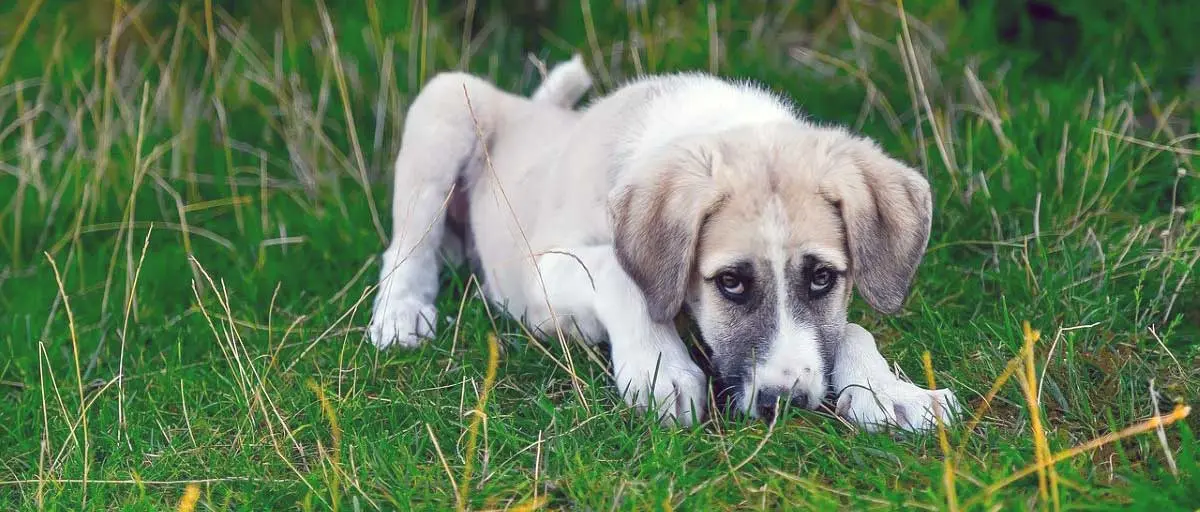
Not all reactive dogs have a history of abuse or neglect. Oftentimes, people mistakenly believe that all reactive dogs have a tragic backstory. However, some reactive dogs were pampered from day one. Reactivity is more about a dog’s conditioned responses to stimuli rather than a result of mistreatment.
In some cases, reactive dogs have been abused or neglected, but that’s not the full story. Many reactive dogs are just dogs who have tolerated a lot of pulling and tugging by children or have been cornered by other pets who are bullying them. They put up with these behaviors for a long time before the reactivity becomes aggression.
Some dogs simply have a disposition that leans more toward reactivity. For instance, despite their odd appearance, Chinese Crested Dogs are known for being reactive; they bark at just about anything!
3. Reactive Dogs Are Undisciplined

Not all reactive dogs are undisciplined. Reactivity is a strong response to something that causes them fear, so this can be something like loud noises or fireworks. A dog who runs at the sound of fireworks can otherwise be well-trained and behaved.
Dogs who are experiencing reactivity have an emotional response to something. This could be fear, anxiety, or frustration. They need a different kind of training that helps your dog cope with these big feelings safely. Their emotions are not a response to you babying your dog.
Certified behavior trainers can help you work with your dog to calm them during stressful times, remove triggers, and counter-condition their negative responses to certain situations.
4. Reactive Dogs Are Just Being Protective
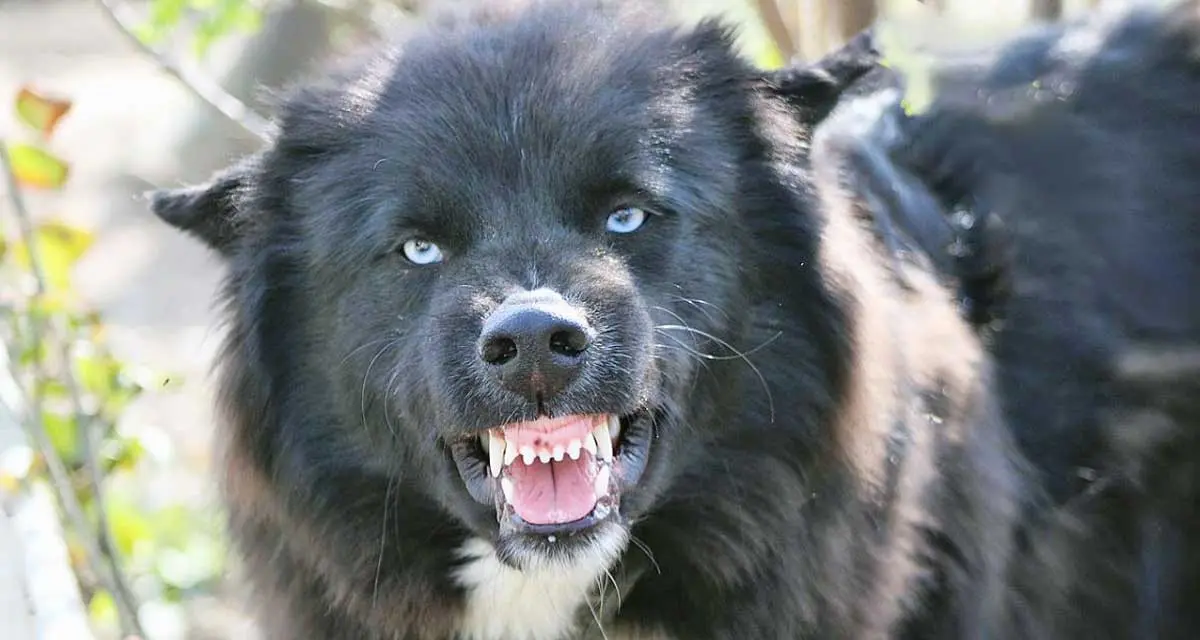
Although protectiveness is a trait many dog breeds possess (such as German Shepherds), reactivity and protectiveness are two different qualities. Protectiveness is a dog’s instinct and desire to keep those he cares about safe. Reactivity is usually a response to a threat, either perceived or actual.
Resource guarding, which is often a symptom of reactivity, is a response to the fear that there are not enough resources to go around, which may result from a dog’s insecurity.
Strong reactions to strangers are reactions to not being exposed to a variety of people during puppyhood. These reactions are separate from protectiveness.
5. Reactive Dogs Should Be Punished

Many people think that a reactive dog is the result of owners being too “soft” or withholding punishment. However, punishment can make a reactive dog worse.
Punishment can lead to your dog avoiding you. It can also strengthen undesired behaviors. A dog can also develop anxiety issues from punishment––which can lead to aggression.
Dogs respond best to positive reinforcement for preferred behaviors. Praise and rewards are excellent motivators for your dog to behave. But, as we previously stated, reactivity isn’t always about a lack of discipline. It is an emotional response to a stimulus that your dog needs to learn how to cope with.
Reactive Dogs Are Not “Bad” Dogs
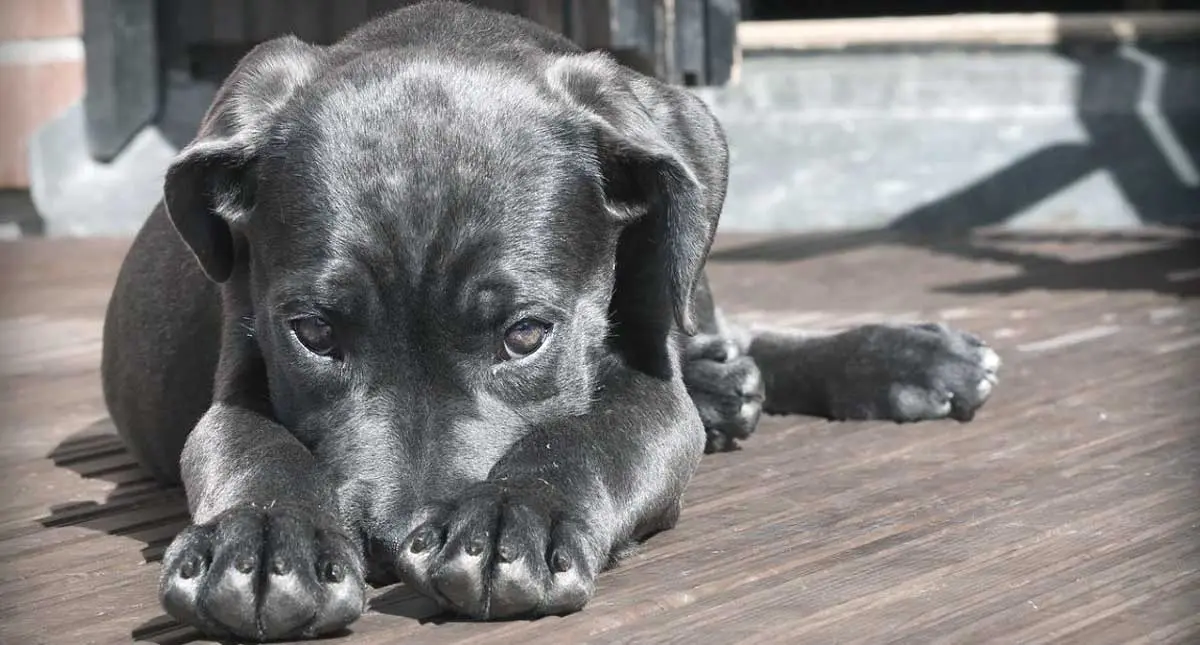
A reactive dog and an aggressive dog are often referred to interchangeably, but a reactive dog responds out of a place of fear, anxiety, or frustration. Aggression is the product of a dog being pushed to his or her limit. It is important to understand a reactive dog and not fall prey to myths that may make you think punishing your dog is the best response.
Dealing with a reactive dog takes time and patience. It may be wise to seek the help of a certified behavior specialist who can give you strategies to mitigate your dog’s reactive behaviors. These strategies may include removing the trigger, counter-conditioning, and other behavior modifications.
